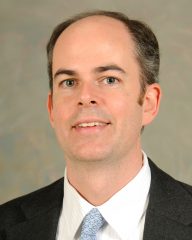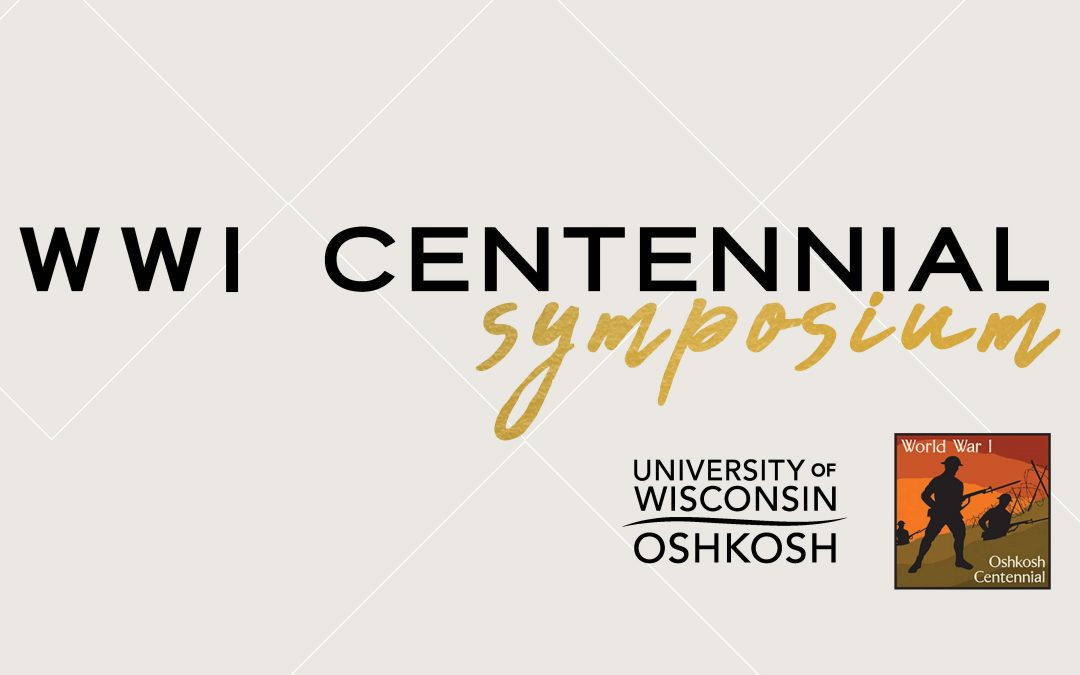Explore the art, culture and history of the Great War as the University of Wisconsin Oshkosh partners with the Oshkosh Public Museum to present the World War I Centennial Symposium Oct. 2-4.
 “Round-number anniversaries, like a centennial, capture people’s imaginations in a special way. To note that it has been 100 years since World War I has ended is to reflect on what has changed and what has not changed since that war,” said Gabriel Loiacono, UWO associate history professor.
“Round-number anniversaries, like a centennial, capture people’s imaginations in a special way. To note that it has been 100 years since World War I has ended is to reflect on what has changed and what has not changed since that war,” said Gabriel Loiacono, UWO associate history professor.
The Oshkosh World War I Commemoration Committee developed a number of programs aimed at remembering the war. A series of lectures will be held on the UWO campus each afternoon, followed by a special presentation at 6 p.m. nightly either on the Oshkosh campus or at the Oshkosh Public Museum. Throughout the symposium, the “For Home and Country” exhibit and WWI standees will be on display daily at the museum and on the Oshkosh campus, respectively.
Find a full schedule of symposium events online.

Loiacono
“The symposium gives us a chance to learn with experts about many different aspects of World War I: focusing both on the European battle fronts and the American home fronts. Check out the list of topics and join us for this once-in-a-generation opportunity to reflect on the cataclysmic event we call World War I,” Loiacono said.
A series of lectures will be held on the UWO campus each afternoon, followed by a special presentation at 6 p.m. nightly either on the Oshkosh campus or at the Oshkosh Public Museum. Throughout the symposium, the “For Home and Country” exhibit and WWI standees will be on display daily at the museum and on campus, respectively.
Two UW Oshkosh English professors will present talks on “Sports Writers Cover the War” and “Posts from the Second Battlefield: Memoirs of WWI Nurses” from 1:20 to 2:50 p.m. in Reeve Union Theatre on Thursday, Oct. 4.
Scott Emmert, of the Fox Valley campus, will focus mainly on three American journalists who got their start as sports writers before going on to cover World War I: Heywood Broun, Ring W. Lardner and Damon Runyon.
“Although each had his own particular style and reported on a particular aspect of the war, they each also faced the challenge of press censorship and limited access to the front lines. Nevertheless, Runyon, Broun, and Lardner wrote engagingly about the war, and their stories illustrate various ways in which the war was understood by Americans,” he said.
Marguerite Helmers, an Oshkosh campus professor emerita, said by the 50th anniversary of the Armistice in 1968, the soldier hero in the trenches had become the iconic figure of World War I.
“Yet thousands of unmarried young women served on ‘the second battlefield,’ in the base hospitals of the Red Cross,” she said. “Largely ignored for decades, their letters, diaries and memoirs attest to medical practices in the field and the ongoing trauma that was a consequence of battle. The presentation will discuss prevalent themes of the nurses’ writing, as well as censorship, publication and archive holdings.”
Learn more:
- UWO students help commemorate centennial anniversary of WWI with life-sized cutouts
- Study history at UW Oshkosh

